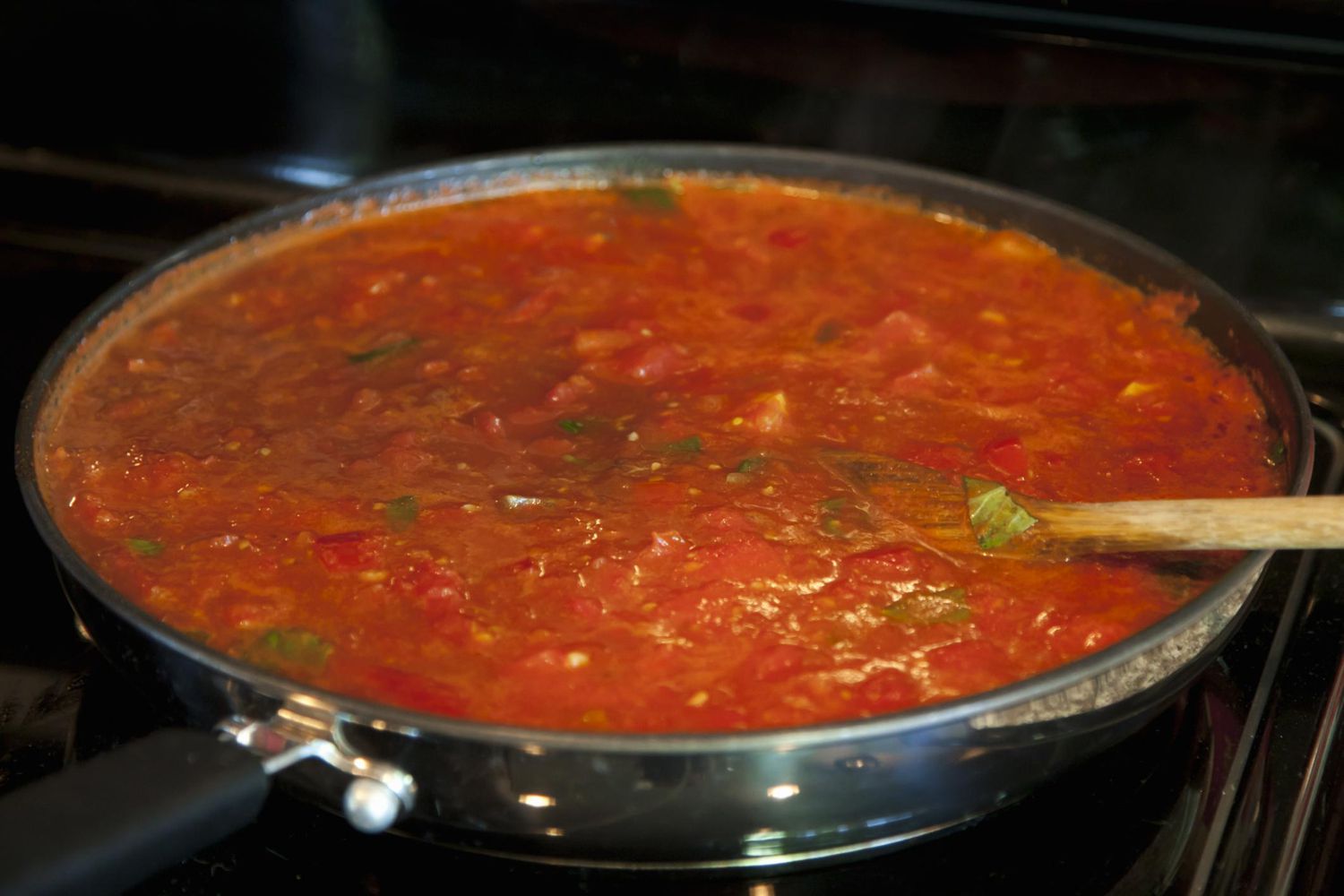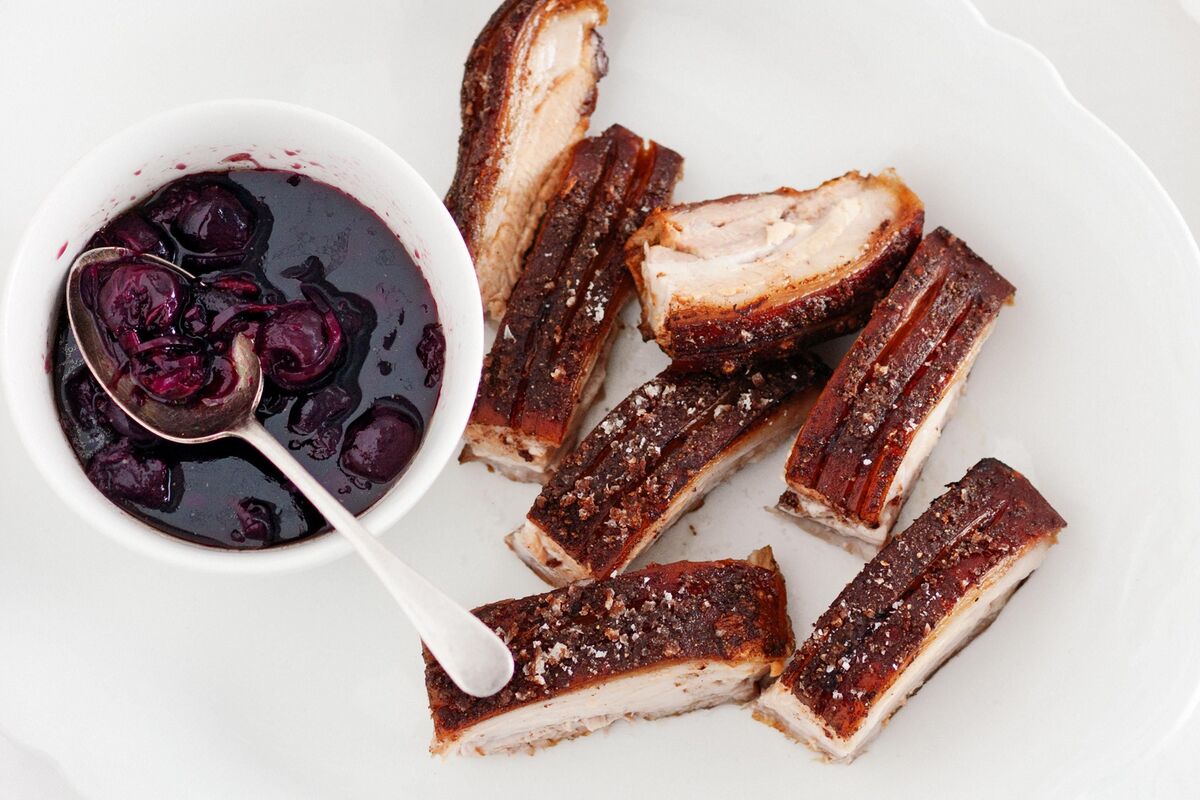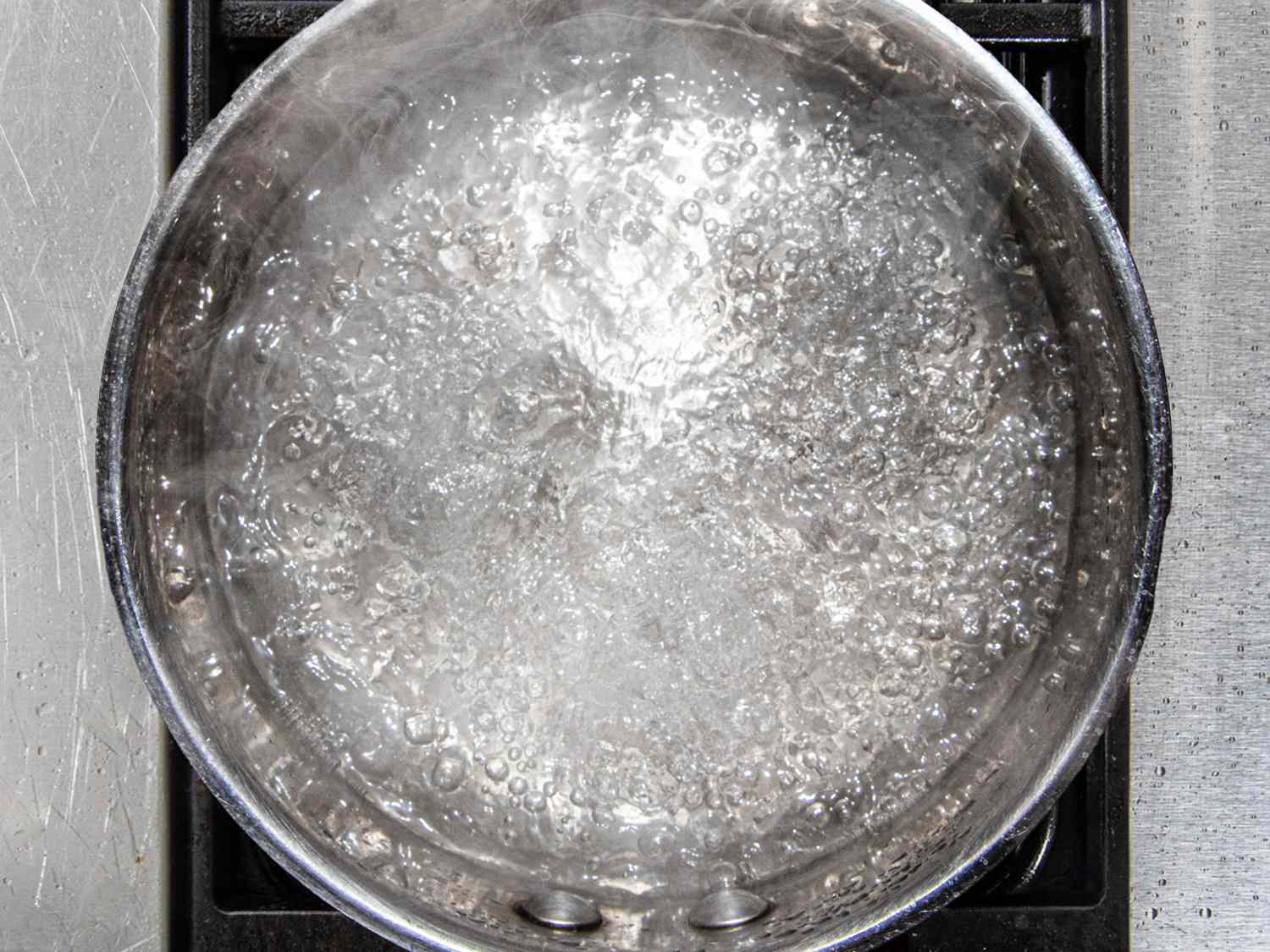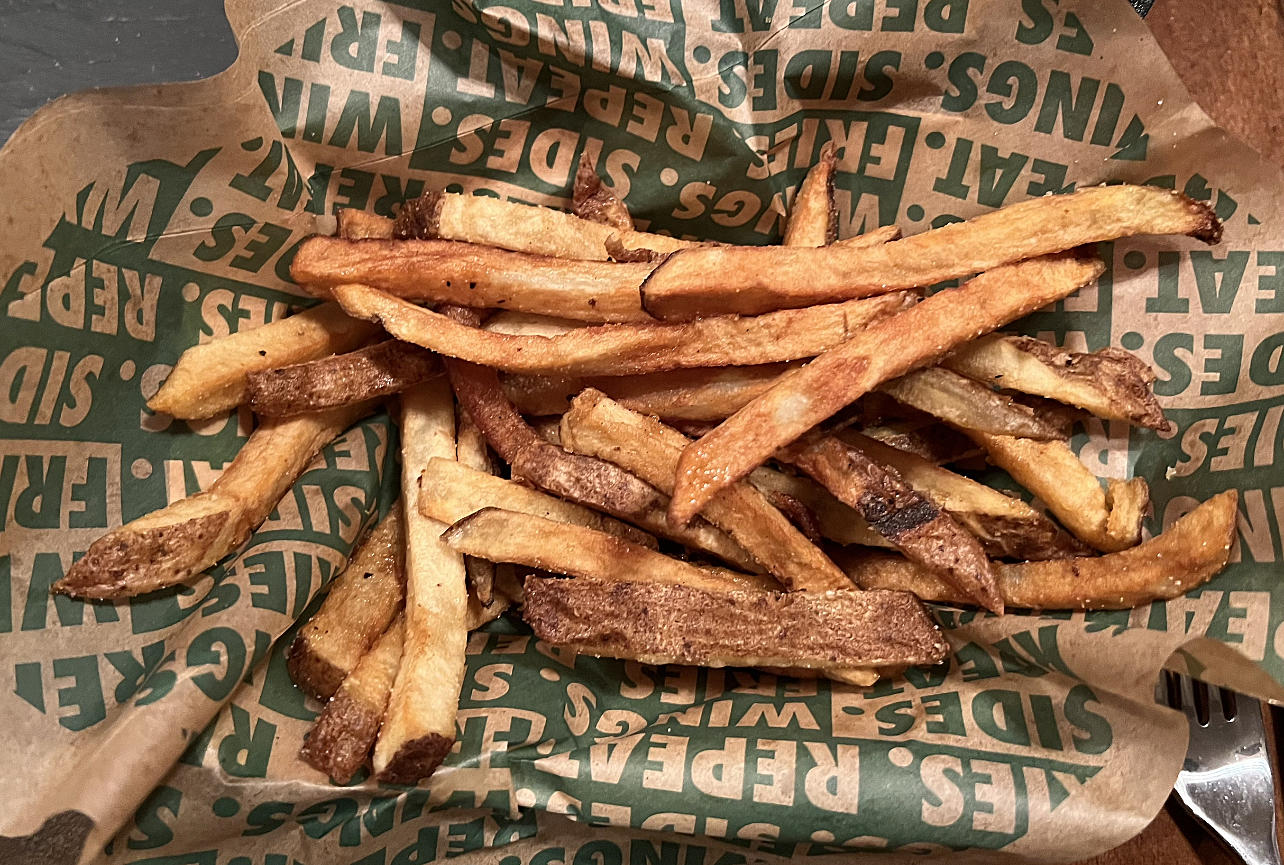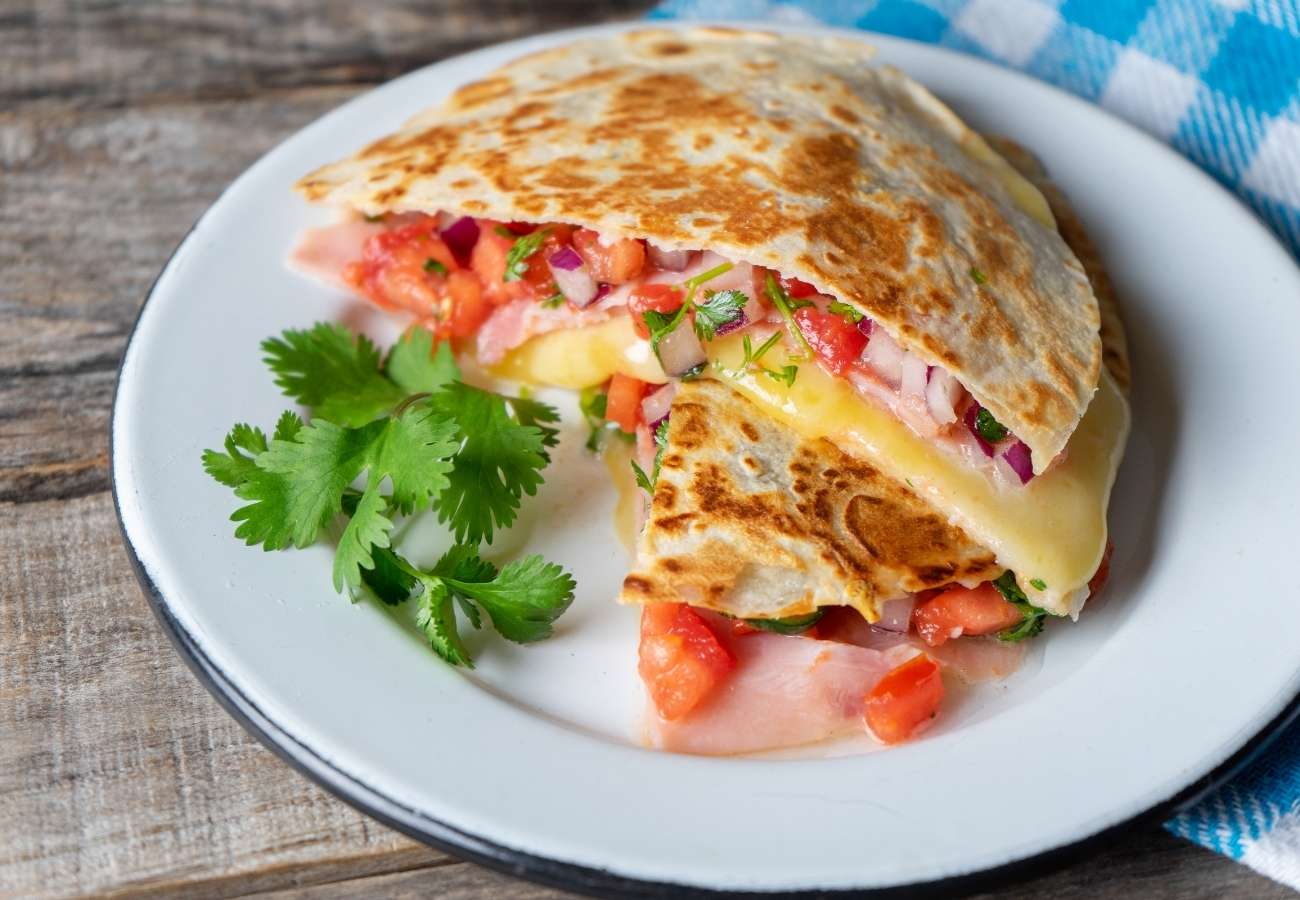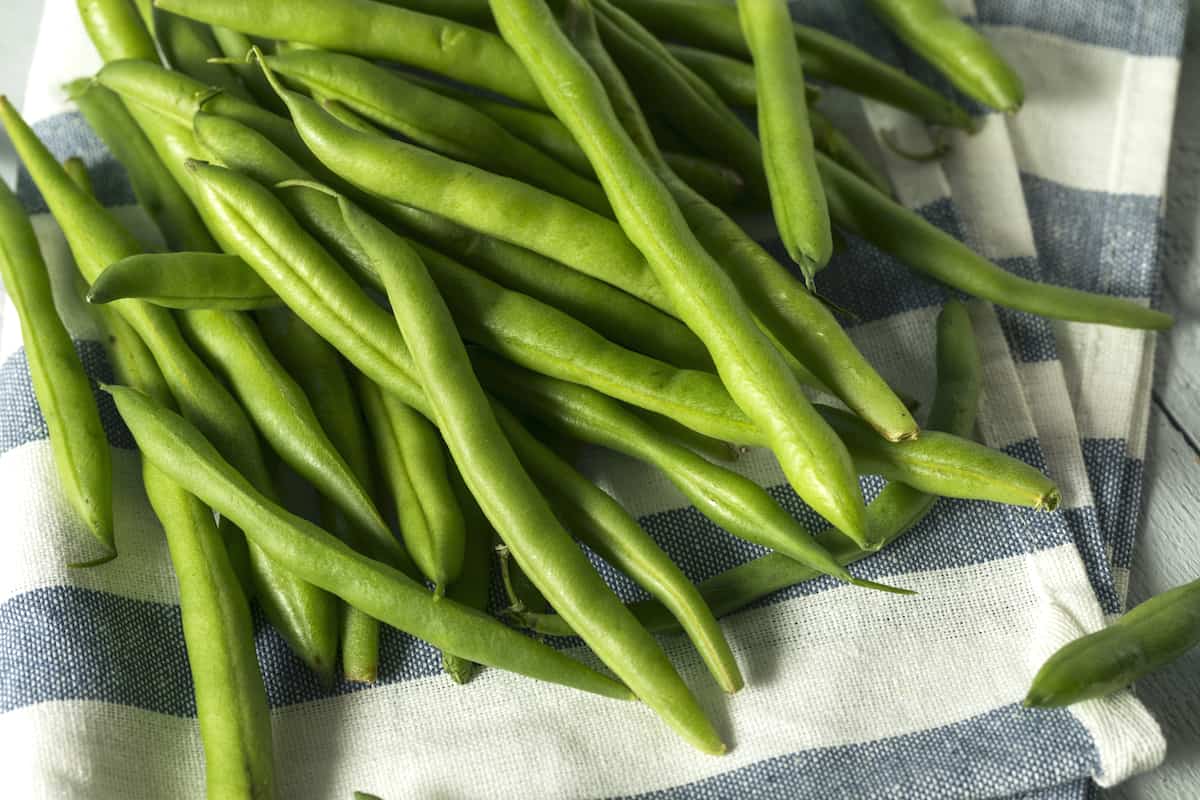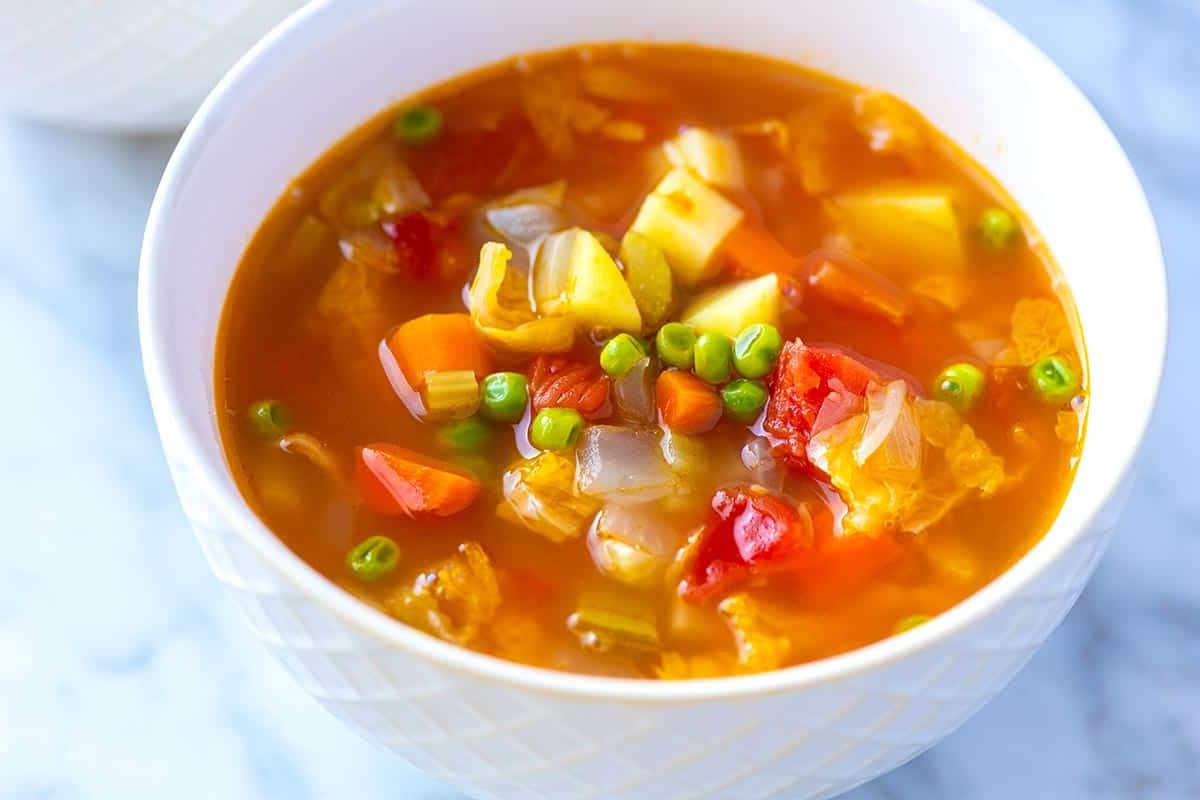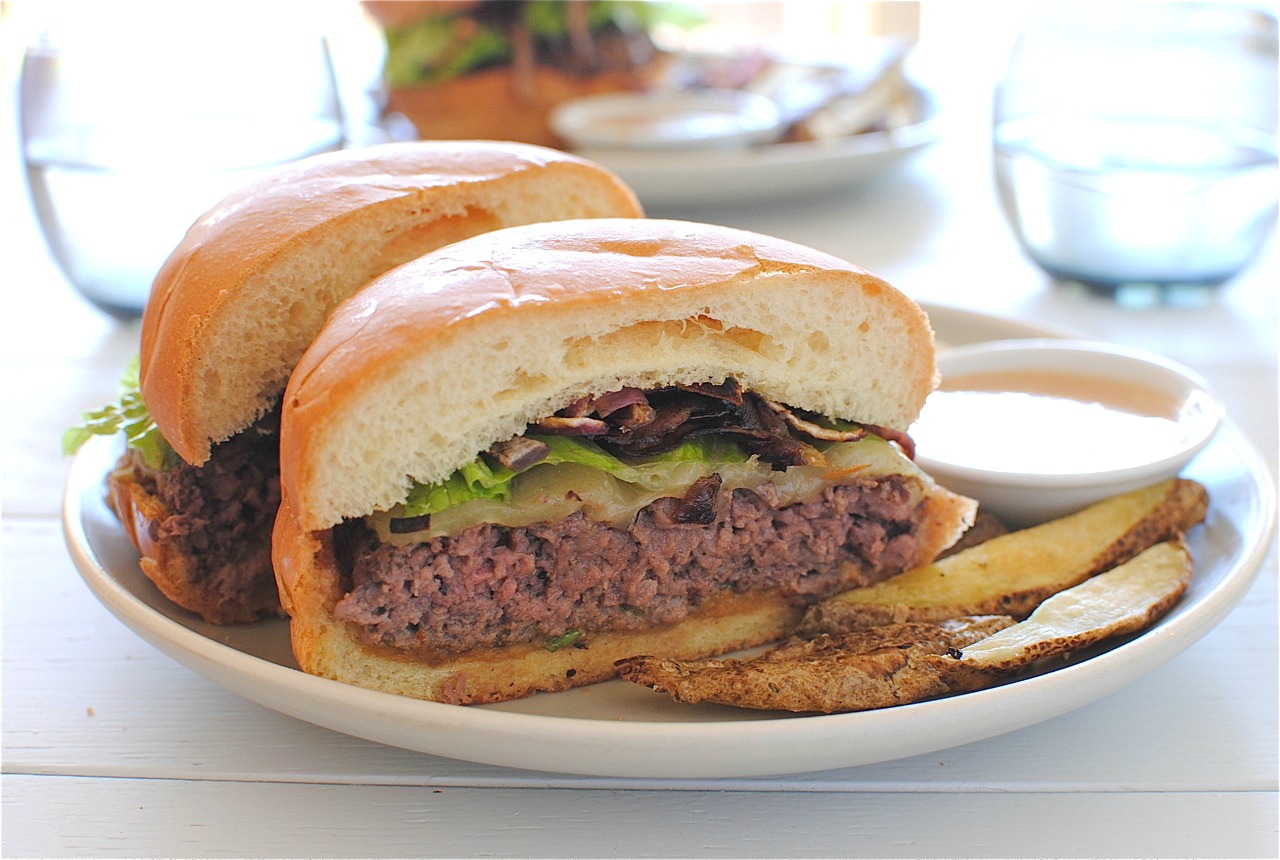Discovering the Delicious and Versatile Rice Bowl
When it comes to satisfying and flavorful meals, the rice bowl is a popular choice that has been enjoyed for centuries. This simple yet versatile dish has its roots in various cultures around the world, and it continues to be a beloved staple in many cuisines. Whether you’re a fan of Asian, Latin American, or Mediterranean flavors, there’s a rice bowl recipe out there to suit your taste buds.
What Makes Up a Rice Bowl?
At its core, a rice bowl typically consists of a base of cooked rice topped with an assortment of ingredients. The beauty of a rice bowl lies in its flexibility, allowing you to customize it with your favorite proteins, vegetables, and sauces. Here are some common components of a rice bowl:
- Rice: The foundation of the dish, which can be white rice, brown rice, jasmine rice, or even quinoa for a healthier twist.
- Protein: Options include grilled chicken, beef, tofu, shrimp, or even a fried egg for a vegetarian-friendly version.
- Vegetables: Fresh or sautéed veggies such as bell peppers, broccoli, carrots, and snap peas add color, texture, and nutrients to the bowl.
- Sauce: From teriyaki and soy sauce to salsa and tahini, the sauce brings all the elements together with its bold flavors.
- Toppings: Sprinkle on some sesame seeds, chopped nuts, or fresh herbs for an extra layer of taste and crunch.
Global Variations of Rice Bowls
As mentioned earlier, the rice bowl has made its mark in various culinary traditions, each with its own unique twist. Let’s take a quick tour around the world to explore some popular rice bowl variations:
- Japanese Donburi: In Japan, donburi features a bed of rice topped with simmered meat or fish, often accompanied by pickled vegetables and a savory sauce.
- Mexican Burrito Bowl: Inspired by Mexican flavors, this rice bowl includes seasoned rice, black or pinto beans, grilled meat or tofu, salsa, guacamole, and sour cream.
- Mediterranean Grain Bowl: This variation may feature couscous or bulgur as the base, topped with grilled lamb, falafel, or roasted vegetables, and drizzled with a tangy yogurt sauce.
- Korean Bibimbap: A colorful and vibrant dish, bibimbap consists of rice topped with an array of sautéed and seasoned vegetables, a fried egg, and spicy gochujang sauce.
Creating Your Own Rice Bowl
Now that you have a better understanding of what a rice bowl is and the diverse ways it can be enjoyed, why not try making your own at home? Here are some simple steps to guide you in crafting a delicious rice bowl:
- Choose Your Base: Start with your preferred type of rice or grain as the foundation of your bowl.
- Select Your Protein: Whether it’s grilled, roasted, or pan-seared, pick a protein that you love and prepare it to your liking.
- Add Your Veggies: Incorporate a variety of colorful and nutritious vegetables to bring freshness and crunch to your bowl.
- Drizzle on the Sauce: Select a sauce that complements the flavors of your ingredients and adds a burst of taste to the dish.
- Sprinkle with Toppings: Finish off your creation with a sprinkle of nuts, seeds, or herbs for an extra pop of flavor and texture.
With these simple steps, you can unleash your creativity and experiment with different flavor combinations to create a rice bowl that suits your palate.
Final Thoughts
Whether you’re craving a comforting and hearty meal or a light and refreshing dish, the rice bowl offers endless possibilities for culinary exploration. From its humble origins to its modern interpretations, this beloved dish continues to captivate food enthusiasts around the globe. So, the next time you’re in the mood for a satisfying and customizable meal, consider whipping up a delightful rice bowl that reflects your personal tastes and preferences.
Now that you’ve learned about the wonders of the rice bowl, it’s time to roll up your sleeves and embark on a flavorful culinary adventure!
Was this page helpful?
Read Next: What Is Strudel?
